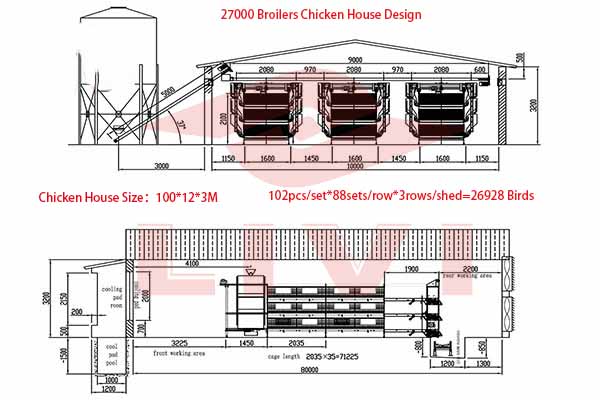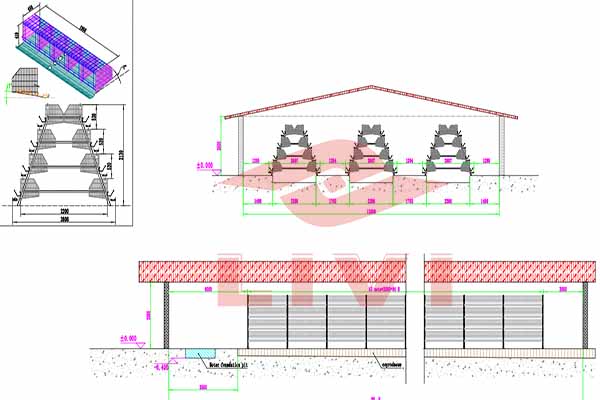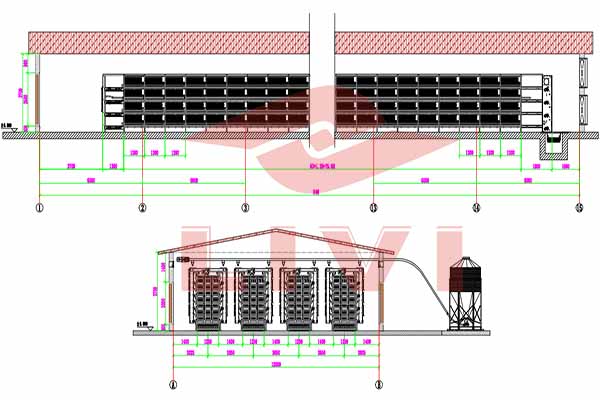Efficient Auto-Feeding Equipment for 20,000 Chickens in Nigeria
Understanding the Demand for High-Volume Chicken Farming in Nigeria
The poultry industry in Nigeria has experienced significant growth over the years. With a rising demand for chicken meat and eggs, many farmers are seeking efficient solutions to expand their operations. One of the key challenges in scaling up chicken farming is the need for reliable and automated feeding systems. This article explores the importance of auto-feeding equipment for a 20,000-chicken farm in Nigeria.
Key Benefits of Auto-Feeding Equipment
1. Consistency in Feeding: Manual feeding can be inconsistent, leading to under or overfeeding of chickens. Auto-feeding equipment ensures a consistent and balanced diet, which is crucial for the health and growth of the flock.
2. Labor Efficiency: With an auto-feeding system, the need for manual labor is significantly reduced. This can lead to cost savings and allow farmers to focus on other critical aspects of their business.
3. Health and Hygiene: Manual feeding can introduce contaminants into the feed, which can lead to health issues in chickens. Auto-feeding equipment minimizes human contact with the feed, reducing the risk of disease transmission.
4. Increased Productivity: Properly fed chickens are more productive, leading to higher yields of meat and eggs. This can result in increased profitability for the farm.
Choosing the Right Auto-Feeding Equipment for Your 20,000-Chicken Farm
When selecting auto-feeding equipment for a 20,000-chicken farm, it’s important to consider the following factors:
– Capacity: Ensure that the feeding system can handle the volume of feed required for 20,000 chickens.
– Automation Level: Choose a system that meets your automation needs. Some systems offer basic automated feeding, while others provide advanced features like automated water supply and waste management.
– Ease of Use: The system should be user-friendly and easy to maintain to minimize downtime and operational costs.
– Cost: Consider the initial investment and ongoing maintenance costs of the equipment.
Case Study: Successful Implementation of Auto-Feeding Equipment in Nigeria
A recent study conducted in Nigeria highlighted the success of implementing auto-feeding equipment in a 20,000-chicken farm. The results showed a 15% increase in productivity and a significant reduction in feed waste. Additionally, the farm experienced a decrease in labor costs and an improvement in the overall health of the chickens.
Conclusion
Investing in auto-feeding equipment for a 20,000-chicken farm in Nigeria can lead to significant improvements in productivity, efficiency, and profitability. As the poultry industry continues to grow, it’s crucial for farmers to stay informed about the latest technological advancements to remain competitive.
For more information on auto-feeding equipment for your chicken farm, please contact us at Livi Mechanical. We offer free chicken farming design plans and equipment quotations to help you get started on your journey to success.





